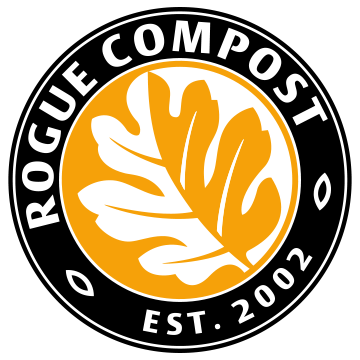How can I use plants to attract wildlife to my yard?

While some folks work to keep wildlife out of their yard — especially animals that eat crops or damage plants — other people enjoy these creatures and want to invite them to their yards. But how? Here are some tips on how you can create wildlife-friendly landscaping that will bring all the cute critters to your yard.
Start with the birds — Birds are always looking for a place to drink water and enjoy a meal. Hang bird feeders where you can easily see them out your windows so you can sit back and enjoy the show. To give local birds a more permanent space, consider adding a birdhouse (or two) to your landscape design. And bird baths are much-appreciated watering holes, especially during the hotter summer months.
Add evergreen trees and shrubs — A large evergreen tree can be an entire ecosystem unto itself. They maintain their foliage all year long, providing shelter, a nesting place during breeding season, protection from predators, and even food — in the form of buds, cones, needles, sap and seeds.
Say yes to native grasses — You’d be surprised how many smaller animals use native grasses as both year-round shelter and food. For you, native grasses provide a beautiful landscaping option — especially when added in smaller sections — and tend to require low maintenance and lower watering. For smaller animals, grasses are an ideal place to build nests. And they’re also a nice shelter and/or hiding spot from predators.
Mix in plants that provide food — Plants, shrubs and trees that produce berries, fruit, pollen or seeds will always attract wildlife. Plants native to Oregon, such as wild cherry, western crabapple, red flowering currant, dogwood, mock orange, rhododendron, salal, huckleberry and Oregon grape, to name a few, all do their part to make your yard look beautiful and provide a food source for birds and native wildlife.
Groundcovers, including inside-out flower, woods strawberry, Oregon wood-sorrel, bleeding heart and violets provide a nice habitat for native amphibians and reptiles.
Plant plenty of flowers — Sure, flowers look amazing, some of them smell great and they add wonderful pops of color throughout your yard. But they also serve as a staple food for all kinds of woodland creatures in the area. What’s more, their bright colors and pollen attract hummingbirds and bees, plus a whole host of beneficial insects.
Plan for year-round food and shelter — When summer turns to fall (and then winter), you may not see wildlife in your yard as often, but they are still around — and they still need a place to shelter and a source for food. When mapping out your wildlife-friendly landscape, take the seasons into consideration and incorporate native plants that thrive (and survive) in all four seasons.
Share This
